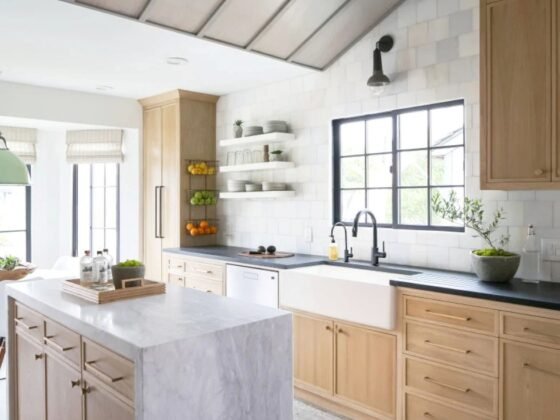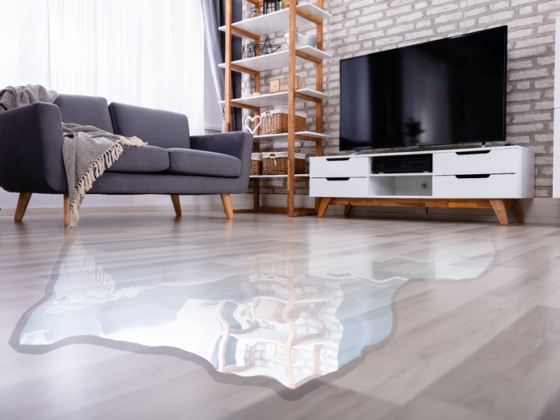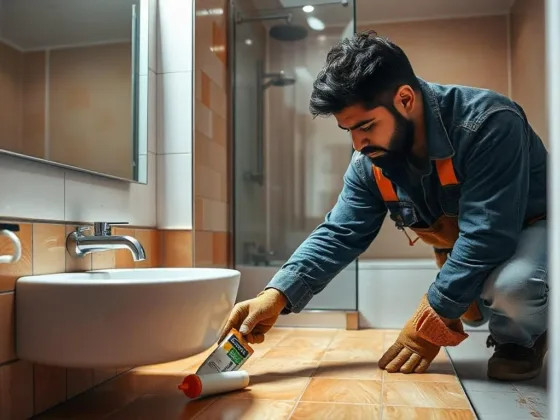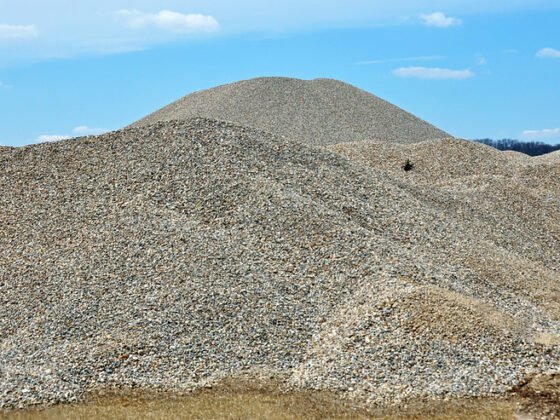Table of Contents Show
If you’re in the market for a new kitchen faucet, you know there are an overwhelming number of options. Choosing the right faucet, from traditional to modern styles, single handles to touchless technology, can be daunting. But don’t worry; this buyer’s guide will help you navigate the sea of faucets and find the perfect one for your kitchen sink installation.
Consider Your Needs
Before browsing different faucet designs, it’s important to consider your specific needs. Consider how you use your kitchen sink and what features make the most sense for your lifestyle. Do you cook a lot and need a high-arc spout to fill large pots easily? Or do you have limited counter space and need a space-saving faucet with a lower profile? Some other factors to consider are the number of handles, spout reach and height, and additional features like sprayers or soap dispensers.
Choose Your Style
Once you’ve determined your needs, it’s time to think about the style of faucet that will complement your kitchen. A faucet with ornate details and intricate handles may be the perfect fit if you have a traditional or classical kitchen. Consider a sleek, minimalistic design with clean lines for a more contemporary look. If you want to add a touch of elegance to your kitchen, go for an oil-rubbed bronze or brushed nickel finish.
Understand Materials
Faucets are made from various materials, so it’s important to understand the pros and cons of each. Chrome is a popular choice for its affordability and durability, but it can easily show water spots. Stainless steel is also durable and more resistant to stains, but it may have fewer finish options than other materials. Brass is another common material used in faucets, known for its warm tones and long-lasting quality.
Think About Installation
Before purchasing a faucet, it’s important to know the type of installation required for your sink. Some faucets are designed for single-hole installation, while others require multiple holes. Additionally, some sinks may not have enough clearance for certain faucets, so measure and check before deciding.
Consider Water Efficiency
With the rising cost of water and the increasing importance of environmental sustainability, it’s important to consider your faucet’s water efficiency. Look for models with aerators or flow restrictors that limit water use without compromising performance. Some faucets have touchless technology that turns on and off with a wave, further reducing water waste.
Budget Accordingly
Faucets can range in price from under $50 to over $1000, so it’s important to determine your budget before starting your search. While a higher price doesn’t always guarantee better quality, investing in a more expensive faucet may be worth it in the long run if it is made with high-quality materials and has advanced features.
Don’t Forget About Maintenance
No matter which faucet you choose, it’s important to maintain it to ensure its longevity properly. Regularly clean the exterior with mild soap and water, and use a soft cloth to avoid scratching the finish. For harder water deposits, try using a mixture of vinegar and water. And remember to check for any leaks or drips that may indicate a need for repairs.
Choosing the right faucet for your kitchen sink is a decision that should not be taken lightly. Consider your needs, style preferences, materials, installation requirements, water efficiency, and budget before purchasing. And remember to properly maintain your faucet to keep it looking and functioning like new for years to come. Consult your local industry experts for additional guidance and happy faucet shopping!










